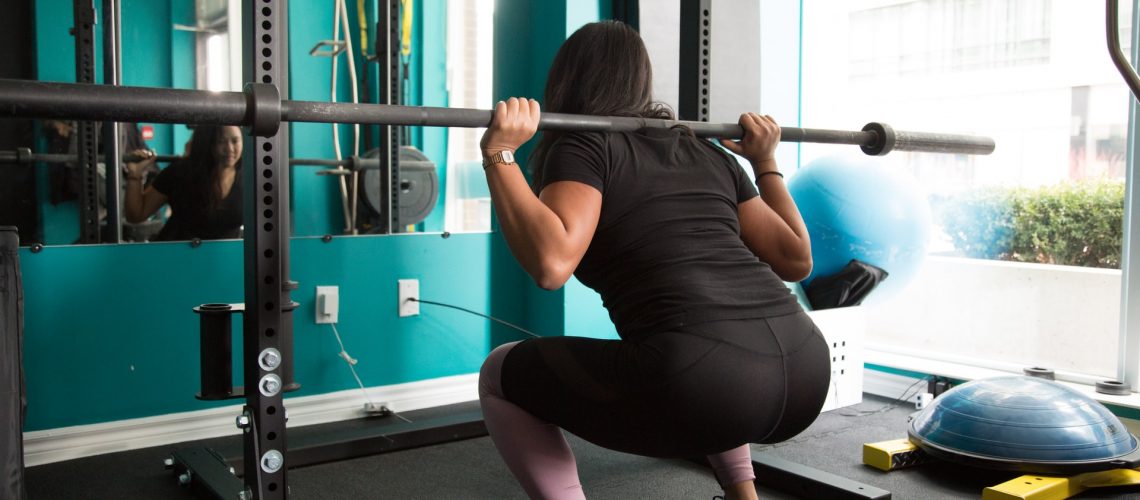A common complaint among the athletic/training community sounds like this:
My glute won’t fire. I have gluteal amnesia. That’s why I do more squats, ye know, to activate it…
A yes, the scourge of the glute that won’t fire, but what does that statement actually mean?
What they are really saying is this. They cannot sense or control their glute muscle. That is to say they cannot ‘feel’ it and they cannot contract it under full control nor more importantly, relax it under full control. Thomas Hanna PhD. the man who developed Hanna Somatic Education and author of the book Somatics, called this inability to sense or control a muscle fully; Sensory Motor Amnesia. SMA develops in response to stress (both acute and ongoing), trauma (falls, collisions etc), repetitive actions or through a lack of movement (too much sitting anyone?). When SMA presents in one side of the body such as in one of the glutes, it generally indicates that the person has what he called a Trauma Reflex…
As a quick reminder, a Trauma Reflex creates an involuntary twisting and bending of one side of the trunk due to an accident, impact, fall or even surgery. Imagine the way your body twists when you try to move away from a tickle in the ribs for example, that would be a quite similar pattern.
If one side of the waist and trunk are involuntarily contracted (which means you can’t voluntarily relax them fully), your pelvis will be pulled out of alignment. This causes one side of your trunk to work differently to the other. The glutes fire on one side, but not the same on the other. Now you are walking around a little bit off kilter, one leg and hip doing more work than the other, eventually, one of your knees gets sore, or your hip starts getting cranky from the uneven workload. Or your lower back, or even your shoulder. Until one day you find yourself saying something like, “Hey! My glute won’t fire…”
But it’s not just your glute is it? Muscles never, ever work in isolation. It’s all the muscles of the waist, all the spinal rotators, even the abdominals and the hip flexors too. Muscles always work in groups and in patterns. So if your glute isn’t firing, you can be 100% positive that the synergists and antagonists are also not operating optimally either. You are the proud owner of an habituated Trauma Reflex.
Have someone take your photo from the front and the back. Take a good, hard look at this photo. Here’s a hint, whenever one side of your body is assymetrical or out of balance and different from the other side, you have a Trauma Reflex. Look for the following clues that would reveal a possible Trauma Reflex.
- Are your Shoulders level?
- Are your hips level?
- Is your head slightly tilted to one side or shifted to one side?
- Is the space between your arms and your torso different on each side?
- Is your torso sitting directly atop your pelvis or is it shifted to one side?
If you answered yes to any of these questions you do indeed, have an habituation of the Trauma Reflex.
Do you think it would be a good idea to put a heavy barbell on top of a body that displays these signs? Or run 10 miles? Or cycle 50 miles? Even walking with a Trauma Reflex can lead to problems. Performing any athletic endeavour when your pelvis, shoulders and trunk are out of balance can potentially cause injuries; it is a truly joyless experience. Squatting and Deadlifting with a Trauma Reflex will almost definitely lead to injury over a long enough time frame or under a large enough load. Running or cycling will lead to more wear and tear on one side of the body as you are essentially off balance all the time. There is also a very, very good chance that you will have some habituated Green Light and Red Light Reflex as well as your Trauma Reflex. Why? Because everybody does; we all live in the same world and deal with the everyday stresses and strains of modern life.
So how does one regain the ability to fire the glute, reinstate your balance, improve your movement ability and get back to the sport or activity you enjoy?
Get thee to a Clinical Somatic Educator and experience Hands-On Lessons so you can get hands on feedback to release the Three Reflexes and eliminate SMA even quicker than you can do it on your own. You will also learn how to perform safe, simple Somatic Movements. Somatic Movements are restorative and preventative movements that teach you how to recreate each of the Three Reflexes (Green Light, Red Light and Trauma) yourself and then slowly relax out of them, this is called pandiculating. You can try these Somatic Movements right now over at the Learn Somatics YouTube channel.
As always thanks for reading.
Photo by Sergio Pedemonte on Unsplash

